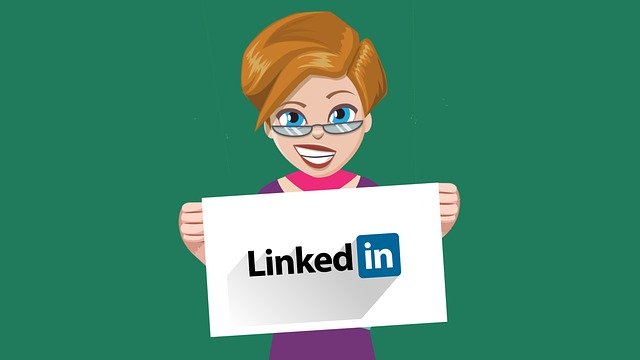LinkedIn is a networking platform for businesses and professionals. It’s a great way to stay updated on the latest trends in the job world and create and maintain professional relationships.
Like all social media, however, it’s important to use a certain level of caution. There are plenty of fake profiles on the website, which are usually used to scam other users. Luckily, there are some precautions you can take, and ways you can tell whether or not a profile you’ve found on LinkedIn is fake.

Incomplete Profile
This is a good way to tell at a glance whether the profile you’re looking at is legitimate or not. Fake profiles on LinkedIn will often be incomplete. Any information that you do find on the profile will often be fairly vague and generic.
A legitimate profile will have a mixture of information, details, and work history. If the profile you’re looking at is detailed and elaborates on hobbies, volunteer work, and education, you can bet the profile is genuine. The use of first-person is also another helpful indicator that the profile is from a real person.
Bad Spelling & Grammar
Be on the lookout for any profiles that have poor spelling or grammar. This is a huge red flag that the profile is fake. Names being spelled incorrectly or inconsistently, basic punctuation or spelling mistakes, typing in all lowercase or all uppercase are all signs of a fake profile.
Suspicious Work and Education History
If you’re looking at a profile that describes the person as having gone to an ivy-league school, but their work history doesn’t seem to reflect that, that’s a big indicator of a fake profile. This is one where you can trust your gut. If their education doesn’t match their history, it’s probably fake.
Likewise, look out for any vague job titles or descriptions. The descriptions on a legitimate profile should be detailed. The descriptions on a fake profile won’t be, and there may be weird inconsistent information.
Pitches for Work that Seem Too Good to Be True
One thing a lot of scammers do on LinkedIn pretends to be recruiters. They’ll send you a pitch describing an amazing work opportunity that you’d be perfect for, with little work and high pay.
This is a very common scam, and the “recruiter” will normally request you apply for the job and provide other personal information like your Social Security or Insurance number, as well as bank information. Alternatively, you may be asked to pay for training services.
This is a very dangerous scam to fall for, so it’s important to be on the lookout for it. And remember, if a job offer seems too good to be true, that’s probably because it is.

The Profile Doesn’t Seem Active
If someone is on LinkedIn for genuine purposes, you’ll notice a fair amount of activity on their profile. Interacting with others and posting updates regularly are signs of a real account.
On the other hand, if the account doesn’t seem to be engaging with other users or the platform itself very often, that’s a sign it’s probably a fake account. If they don’t have anyone following the account back, that’s another indicator it’s not a real profile.
Fake Profile Pictures
If an accounts profile picture looks like a stock photo, is a woman in a suggestive pose, or simply isn’t a picture of a person at all, these are all red flags.
If you’re not sure about someone’s profile picture, you can do a reverse image search. Just right-click the image and select “Search Google for an image.” This will pull up other instances this picture has been used, which will help you determine whether or not it’s an actual photo of the LinkedIn user.
Obvious Fake Names
If Bill Gates, Jeff Bezos, or Larry Page are requesting to connect with you on LinkedIn… You can bet it’s not them requesting to connect with you.
If you find yourself getting requests from profiles that are pretending to be famous or well-known people on LinkedIn, you can go ahead and delete them.
Scammers might also use the names of slightly less well-known people in the world. If you’re not sure about a potential connection, it’s worth googling the name to see where else it pops up.
A genuine profile will be personal, detailed, with proper spelling and grammar and no typos. Requests to connect from legitimate accounts will usually be personalized, and the person will probably have connections in common.
LinkedIn is a great way to maintain business and professional connections. It’s also an awesome place to find work and grow your work experience. Unfortunately, there are people on the platform using it as a tool for phishing and scamming. Watch out for the above tips to know whether you’ve encountered a fake LinkedIn profile.
